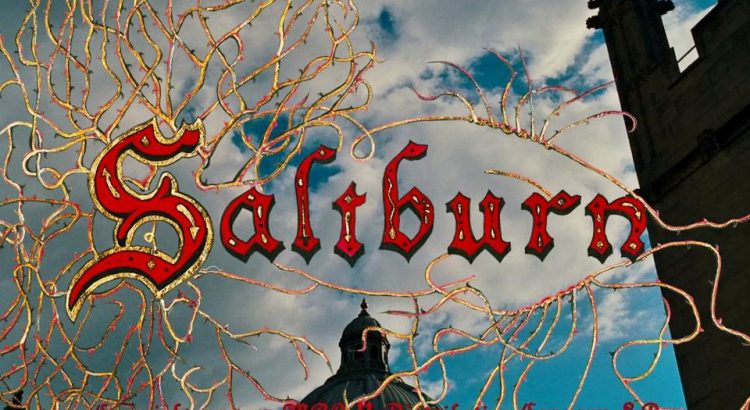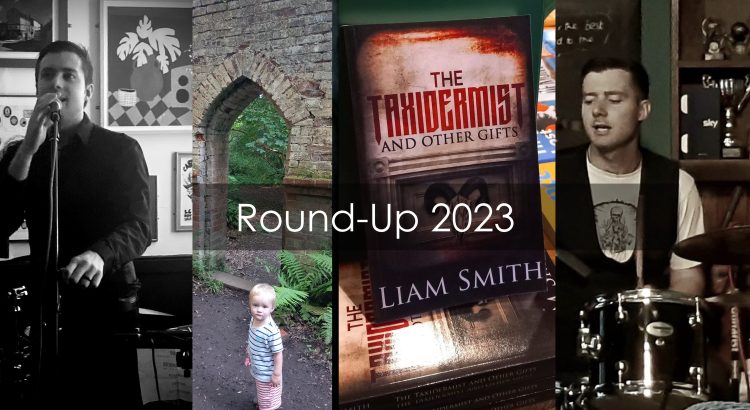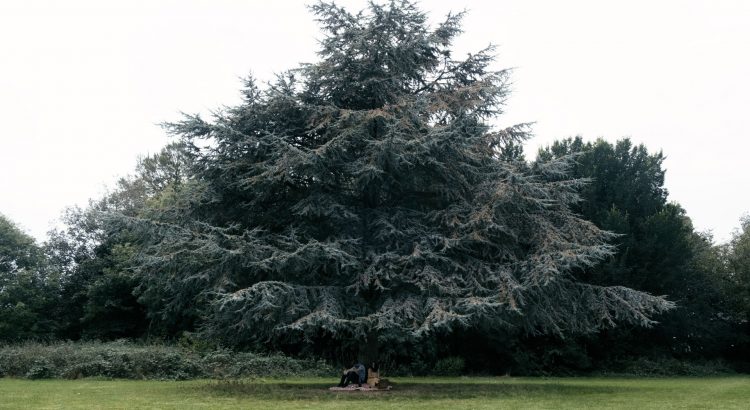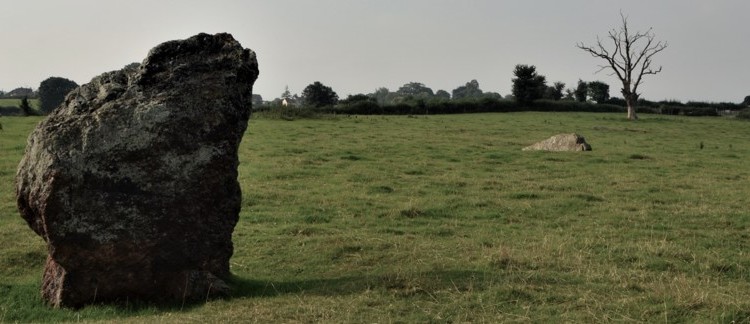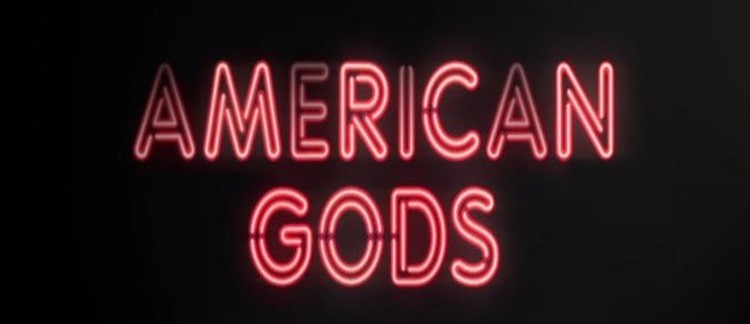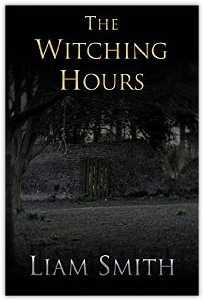Okay, so Saltburn might not be as hot on everyone’s lips as it was when it dropped on Amazon just before Christmas, but I only just got to watching it because nobody told me it was a gothic film. A gothic film? If I’d known that, it would have earned an immediate Go-Straight-to-the-Top-of-my-Watchlist ticket without passing go. Unconvinced? Do the neon club scenes of the first five minutes have no place in the gothic canon? The almost-contemporary mid-00s setting? Ah, but what about the references to Shelley and Byron? What about that bloody scene on the garden bench, or that, ahem, penetrating scene on the fresh grave?
Let’s take a scalpel to Saltburn and see what tropes of the gothic tradition we can lay out on the slab.
Saltburn
In naming itself after an ancestral home, Saltburn joins itself with some familiar titles in the gothic tradition: Northanger Abbey, Gormenghast, Rawblood, Crimson Peak… It’s a kissing cousin to even more – The Castle of Otranto, The Mysteries of Udulpho, The Fall of the House of Usher – and joins Manderley and Bly Manor as the seat of a rich family and a corporeal symbol of their legacy. Like the aforementioned piles, naming the house makes Saltburn is a character in its own right: a warren of wealth standing above and untouched by the seductions and Machiavellian plots within it. It stands like a stone in a blood and tear-stained river.
Read More